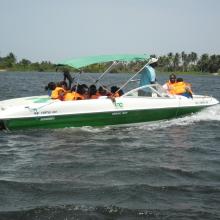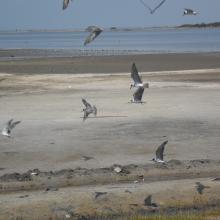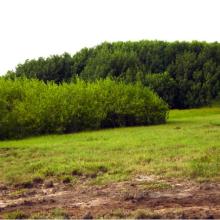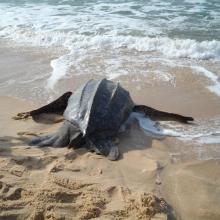



Songor Ramsar Site
- Country:Ghana
- Site number:566
- Area:51,133.3 ha
- Designation date:14-08-1992
- Coordinates:05°51'N 00°32'E
Materials presented on this website, particularly maps and territorial information, are as-is and as-available based on available data and do not imply the expression of any opinion whatsoever on the part of the Secretariat of the Ramsar Convention concerning the legal status of any country, territory, city or area, or of its authorities, or concerning the delimitation of its frontiers or boundaries.
Overview
The Songor Ramsar Site is a closed lagoon adjacent to the Volta River estuary with submerged mudflats, islands, broad sandy beaches and floodplains, salt marshes, degraded mangrove stands and waterlogged grasslands. It features riverine woodlands, scattered shrub thickets and degraded coastal savannah characterised by farmlands and eroded areas invaded by neem (Azadirachta indica), fan palm, silk cotton and baobab trees. The Site is sandwiched between the East Atlantic and Mediterranean Flyways, and provides ideal feeding and roosting grounds for an estimated population of 50,000 herons, egrets, greenshanks, avocets, stilts and other small wading birds and terns. It serves as a breeding ground for fish species, while green, leatherback and olive ridley turtles frequently use its sandy beaches as nesting sites. Local communities depend on fishing, agriculture and intensive salt mining for their livelihoods. Tourism is also a growing economic activity. Potential threats include coastal erosion and siltation.
Administrative region:
Greater Accra Region
- Global international designation:
- UNESCO Biosphere Reserve
- Last publication date:08-05-2024
Downloads
Ramsar Information Sheet (RIS)
Site map
Additional reports and documents
- Site management plan
